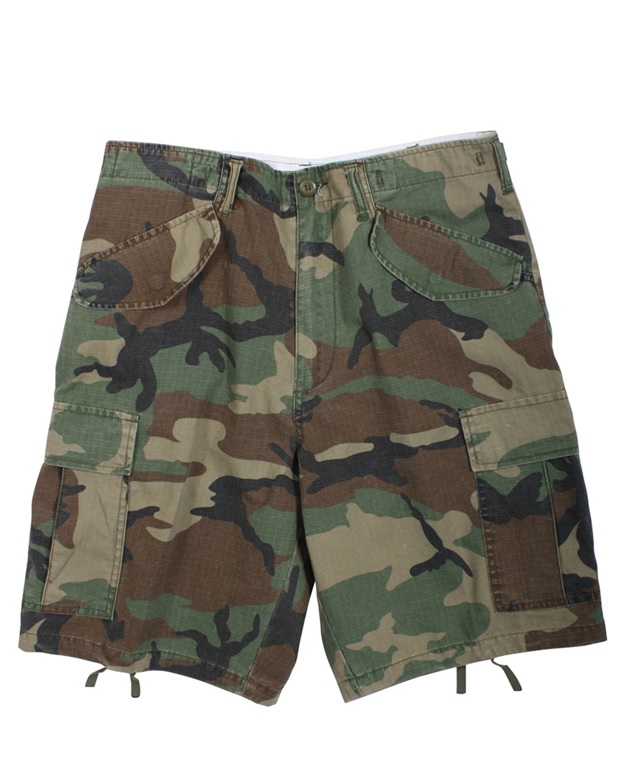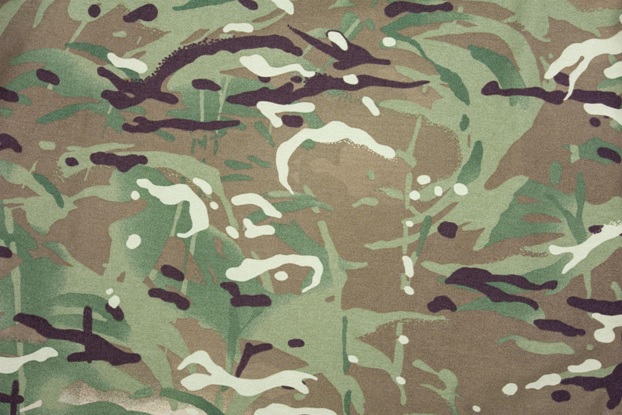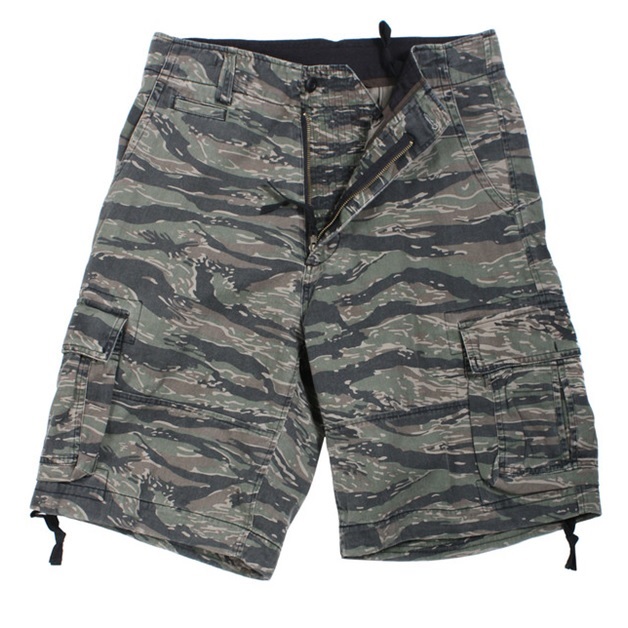U.S. Woodland to Tiger Stripe Camo and Everything in Between
Posted by: Fatigues Army Navy Outdoor Gear on 21st May 2024
The Fatigues Army Navy Guide to Camouflage Patterns
Camouflage: it isn’t just about camo shirts and camo cargo pants that show you rep the off-the-grid, ungovernable lifestyle while you’re in town.
Sure, some love camo fashion. But it’s about so much more than that, and that use is secondary anyway.
It was developed first and foremost, to obscure the wearer, either from hostile enemies or from a target quarry while in the field.
So, let’s take a closer look at how camouflage works, types of camo, and then some popular patterns, like MultiCam and tiger stripe camo.
How Camouflage Conceals You (Plus Types of Camo)
All camouflage hinges on a pattern consisting of a color palette that is used to create two basic design elements: macros and micros.
The macros of the pattern are the larger blocks of color; they can be actual visual elements, or just large areas of shades or a large shape.
Micros are the smaller elements of the pattern, and are often discernible shapes or in the case of some modern patterns, actual images of leaves, twigs, and such.
Some animals can only see in a limited color palette. This makes the color of the camo equally important to the diffusion of micros and macros across its surface. It’s also why camo orange patterns, like Mossy Oak Blaze, work for deer; they can’t see orange well, so even though the color is apparent to other hunters (improving safety) the deer can’t see it for the other elements that break up the wearer’s outline.
There are numerous categories of camouflage, into which each specific pattern can more or less be arranged. Some will fit into more than one. Some of the more popular types of patterns include:
- Brushstroke: One of the oldest types of camouflage, brushstroke patterns are characterized by wide macros and splashes of color, overlaid by sharply lined micros - like a brushstroke, hence the name.
- Twigs and leaves: Twig and leaf patterned camouflage are characterized by micros that look like actual elements of the woods or landscape; twigs, leaves, limbs, even flowers, rocks and berries. Many Realtree and Mossy Oak patterns follow this direction.
- Digital camo: Digital camouflage is, contrary to popular belief, not necessarily a pixelated pattern, but one developed with the help of a computer’s algorithms. MARPAT and Multicam are, for instance, technically digital camouflage patterns.
- Abstract: Abstract patterns are those in which no actual discernible elements are noticeable. Kryptek and Multicam, along with many other digital camouflage patterns are therefore also considered abstract.
- Heritage: Heritage patterns are loosely defined as those that are either vintage or based on vintage patterns. As a result, Flecktarn, Splittertarnmuster, U.S. Woodland, Tiger Stripe Camo, and other old military patterns are considered heritage patterns.
Popular Camo Patterns

Now let’s talk about some popular camouflage patterns, some of which remain popular not only in fashion, but among hunters and outdoorsmen.
U.S. Woodland
Used from 1981 to 2006, and still widely copied all over the world, U.S. Woodland, which incorporates large, leafy macros and micros in four colors (dark brown, light brown, black and green) is one of the most popular camo patterns ever developed.
Despite the fact that it is so recognizable, it is also an effective pattern for hunters, especially under heavy foliage in eastern forests in the spring and fall.
Multicam
Multicam has been called the “all terrain tire” of the camouflage world because it is designed to blend into nearly any background, under any lighting conditions, at nearly any time of year - except snowy conditions, that is.
This is a cutting edge (and new) pattern that performs well both in the eastern woodlands as well as in the scrub and high terrain of the west.

Tiger Stripe Camo
Tiger stripe camo was initially developed during the Vietnam War and is actually considered a brushstroke type camo pattern, as detailed above. The horizontal slashes of blacks, browns and greens performed well in the dense jungles and thickets of southeast Asia.
Today, tiger stripe camo remains popular among those that appreciate heritage patterns - though it also performs well in densely forested areas or brush, assuming the color patterns aligns with the backdrop and lighting conditions.

Kryptek
Kryptek is a unique class of patterns of camouflage (there are more than one) which uses sharp polygonal macros and micros that are crisp in some areas and distorted and diffused in others, interspersed with contrasting areas of deeply saturated and washed out colors. The effect is that nowhere in the pattern is anything quite recognizable, which proves to be quite effective at distorting and erasing the outline of the wearer. Kryptek patterns can be effective in basically any terrain, provided that the color palette aligns with the backdrop and lighting conditions.
Realtree Edge
Realtree Edge is one of the most realistic camo patterns out there and is an extremely popular pattern among upland and woodland hunters here in the east. Macros and micros of leaves and twigs are nearly photorealistic and the mostly brown palette is perfect for late fall and early winter.
Realtree Timber
Realtree Timber is another popular pattern among hunters; the color palette is gray to brown, and contains photorealistic macros and micros that look just like tree bark. It can be effective in the woods at any time of year, especially if you are hunting in a treestand or stand hunting at the base of a tree.
Mossy Oak Shadow Grass
Mossy Oak Shadow Grass captures the likeness of swamp and marsh grass with realistic macros and micros with a washed out beige color palette that brooks some darker elements. It’s highly popular and effective among waterfowl hunters in the fall and winter.
Mossy Oak Bottomland
Mossy Oak Bottomland is slightly more abstract than its other patterns, and despite the lack of photorealistic micros, does look a lot like tree bark. This makes it popular not only in flooded timber but in greener upland woods. When employed appropriately, it can be effective throughout multiple seasons, and for many different types of game.
Mossy Oak Country DNA
Mossy Oak Country DNA is Mossy Oak’s answer to Realtree Edge, except it is a bit greener. While they both capture photorealistic elements of the eastern woods - twigs and leaves, primarily - Mossy Oak Country DNA is darker and greener, mimicking the dappled light on the forest through the green leaves. This makes it more effective in the late summer, early fall, and spring - perfect for early whitetail bow seasons and for spring gobblers, at least among hunters in the eastern woods.
Shop Camo Shirts, Cargo Shorts, Outerwear and More Here!
Hopefully you found this short guide to the different types of popular camo patterns out there helpful - but it is just a start. There are scores of other popular patterns, if not hundreds, for you to discover. Remember to keep in mind the color of your backdrop as well as the lighting conditions, and the game you will be pursuing, when you choose a pattern.
Otherwise, we carry camo shirts, camo cargo shorts, BDU jackets, and plenty of tiger stripe camo - so get what you need here.

